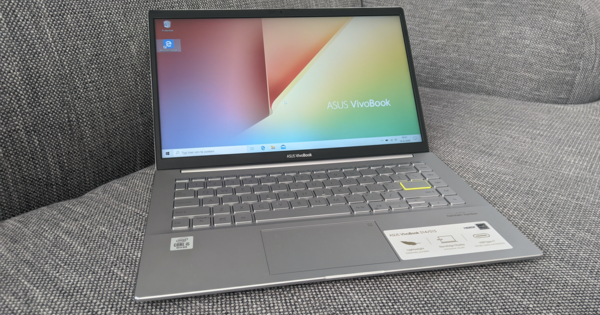One of the disadvantages of a PC is that it makes a lot more noise than a laptop. Completely compared to your noiseless phone or tablet. How do you silence that desktop PC? Which part makes the most noise and what can you do about it?
To silence a PC, you first need to figure out which parts are making the most noise. Then replace them with quieter parts or try to make them quieter in some other way. The only way to find out is to briefly turn off the fans one by one to see which one is the loudest. This is quite difficult to determine and it does not work for all components: for example, you cannot stop the ventilation of your power supply. Also read: Don't panic! 5 PC problems you can fix yourself.
In our mission to make your PC quieter, we go through every part in the PC. If instead of making your current PC quieter, you just want to build a new silent PC with silent parts, you'll have to follow the same steps. Even then, it is necessary to look for the most silent solution for each component.
01 The system cabinet
To get a silent system, we should not underestimate the importance of the system cabinet. The cabinet is already equipped with fans as standard, which may have more sound output than necessary (see paragraph 2). Some cabinets come standard with a rather noisy power supply (see section 7). In addition, the quality of the cabinet is important: if you literally have a rattle cabinet, the vibration of the moving parts creates resonance. Possible causes of the resonance are your hard drive, the graphics card, the power supply, the fans and CPU cooler.
These must all be securely fastened, if possible with absorption rubbers between the screws, which reduces the resonance. We therefore always recommend a cabinet with screws, so that you can secure everything properly. A screwless cabinet may be easier to assemble, but everything is much less secure, which means you will suffer much more from resonance. There are a number of silent cabinets on the market. You pay a little more for this, but these cabinets are already equipped with sound-proofing material and quiet fans as standard. However, our preference is usually for a bare cabinet without fans and power supply. Then you can choose silent fans and a silent power supply yourself and install them in your system cabinet. It is possible to retrofit your system cabinet with soundproofing material. The webshop www.ikbenstil.nl, among others, sells damping mats. If you have assembled your system case with this material, the sound of your entire PC will be muted. Don't want to do this yourself? The mentioned webshop also sells completely assembled silent PCs.
02 Quieter ventilation
Both the system case and processor fans are usually connected to the motherboard. Sometimes a fan of the system cabinet is connected directly to the power supply. The fans that are connected to the motherboard can be adjusted in the BIOS or UEFI of the motherboard. You can set here that they run a maximum number of revolutions. The settings for the CPU cooler can often be adjusted in such a way that the fan only starts running faster after a certain temperature. You can easily set this to 70 degrees: only when this temperature is reached, the CPU cooler will make the maximum number of revolutions. Another useful tool is a fan controller. These are already for sale for about thirty euros and with this you can manually control the speed of your fans. If you use this to run your fans on 7 volts instead of 12 volts, you will hear a noticeable difference in sound.
This of course also has an effect on the cooling performance, but if you have purchased a good CPU cooler, this will not be a big problem. It is possible to replace the fans of your CPU and your system case for quieter ones. Brands like be quiet!, Noiseblocker, Scythe and Noctua make good, quiet case fans that are worth buying if the standard case fans make too much noise. There are also plenty of reviews online for case fans. When choosing a fan, pay attention not only to the sound output, but also to the air displacement. Quiet is fine, but the fan has to do its job well. The be quiet! Pure Wings 2 of 120 mm is a quiet fan that also moves enough air. Pay close attention to the size of the fans used: modern system cabinets usually have 120 mm fans, but 100 mm can also be found in older system cabinets.

